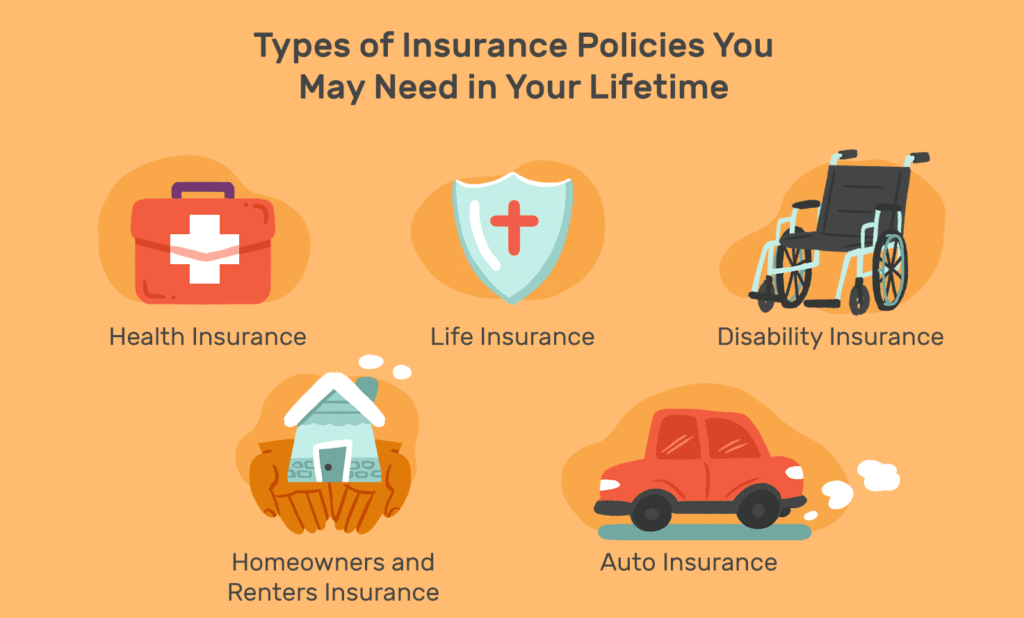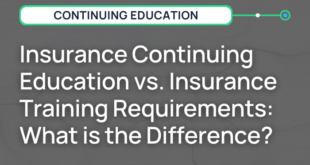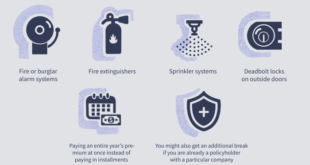
4 Must-Have Insurance Programmes
Nimila – We can’t prevent the unexpected, but we can usually take measures to minimise the financial impact of whatever comes our way.
Your unique family composition, age, lifestyle, and financial resources all play a role in determining the best type and amount of insurance for you and your loved ones.
Most financial advisors suggest purchasing life, health, car, and long-term disability insurance.
Lessons Learned
- Your survivors will benefit financially from life insurance coverage.
- Having medical health insurance can prevent you from going bankrupt in the event of a serious illness or accident.
- Loss of income due to an unexpected illness or injury is mitigated by long-term disability coverage.
- Auto insurance coverage shields you from the financial repercussions of a costly accident.
There are four types of insurance that everyone should have.
1. Life Insurance protection
The two main types of life insurance are traditional whole life and term life.
- Entire life insurance can be used not only as a form of protection but also as a source of income. It’s got both a death benefit and a cash value. The cash value of the policy can be withdrawn or borrowed towards as the policy progresses, and the policy can be terminated by withdrawing this cash value.
- Time period life insurance provides protection for a predetermined number of years, typically 10, 20, or 30 years, with guaranteed premiums. Time period life insurance coverage is typically the most cost-effective choice and can be used to COVER a mortgage mortgage or college bills for a set period of time.
If your family depends on your income, buying life insurance is a must. Experts advise purchasing insurance with a payout of at least ten times your annual salary.
Don’t forget about final expenses when calculating how much life insurance you’ll need. Then, add up the costs your family incurs monthly to maintain a home. Things like mortgage payments, interest on credit cards, taxes, child care, and projected college costs are examples.
According to a report that was published in 2023 by the United States Bureau of Labour Statistics, in the year 2022, both spouses were employed and contributed to the household’s wages in 48.9% of married-couple households in the United States. A rise from 2021’s 46.8% to 2022’s 51% is significant. If one of their breadwinners passes away, they may have trouble making ends meet.
2. Health Protection
Whether via your job, the Federal Health Insurance Marketplace, or private insurance purchased by you and your family, medical health insurance is widely available and can be obtained by contacting insurance providers directly or working with an insurance agent.
The CDC projected in its National Centre for Health Statistics that in 2021, only approximately 9.2 percent of the American population lacked health insurance. Over 60% of insured people got their coverage via their employers or the private insurance market, while the remaining insured people got their coverage via government-subsidized programmes like Medicare, Medicaid, veterans’ advantages programmes, and the federal market established under the Affordable Care Act.
If money is extremely tight, any coverage is preferable to none at all. You could be one of the 80 million Americans qualified for Medicaid due to poor income.
You may be qualified for government-funded insurance under the Affordable Care Act if your income is adequate but not sufficient to cover the full cost of insurance on your own.
The best and least expensive option for salaried workers is often to join their company’s insurance programme, if their employer has one. In 2022, the Kaiser Family Foundation found that the average premium for a family plan in a workplace health insurance programme was $22,463 per year.
3. Lengthy-Time period Incapacity Protection
Long-term disability insurance is useful for people who become disabled and unable to work. One in four workers will become disabled before retirement age, according to the Social Security Administration.
Even if you have health insurance, you may still have to pay some of the bills that used to come out of your paycheck. Both short-term and long-term disability insurance are typically included in benefit packages. This could be your greatest option for cheap disability insurance.
Some things to think about before purchasing individual long-term care insurance if your employer does not provide group coverage:
- A policy that ensures a secondary source of funding is preferable. The typical insurance payout ranges from 40-70% of regular earnings.
- The cost of your disability insurance policy will depend on a number of factors, including your age, lifestyle, and health. The average price is between 1% and 3% of your annual pay.
- Before you make a purchase, be sure you read the fine print. Plans may only cover you for three years, there may be significant coverage gaps, and there may be a three-month waiting period before coverage begins.
4. Auto Insurance coverage
According to the National Highway Traffic Safety Administration, an estimated 31,785 persons lost their lives in traffic accidents on U.S. roads and highways in the first nine months of 2022, despite years of advancements in car safety.
Even in places where auto insurance is not required, drivers are typically nevertheless responsible for paying for any damages they incur while operating a motor vehicle. When looking for auto insurance, you may want to examine the following options:
- Liability insurance will cover the costs of repairs to other people’s property and medical care for injuries they receive if you cause an accident, as well as the costs of defending yourself in court and paying any settlements or rulings that are rendered against you.
- Collision insurance will pay to repair or replace your vehicle if it is damaged in an accident, regardless of who was at fault. If your car is damaged by floodwaters, hail, fire, vandalism, falling objects, or an animal, your full coverage insurance will pay for the repairs. You’ll need this protection if you want to finance or lease your vehicle.
- Uninsured/underinsured motorist (UM) coverage will help pay for medical bills, lost wages, and pain and suffering if an uninsured or underinsured driver causes an accident involving your car.
- In the event of an accident, personal injury protection (PIP) insurance can help pay for expenses like medical care and missed income.
- MedPay coverage can help pay for medical bills of between $1,000 and $5,000 if you or a passenger are injured in an accident.
Your insurance premium will be determined by a number of factors unique to you and your condition. Compare the quotes you obtain with the coverage each company provides, and see if you can save money according on your age, driving record, or location.
The Drop-Dead-Line
Life, health, long-term disability, and auto insurance are the four types of coverage that nearly everyone agrees are must-haves. If group insurance through an employment isn’t an option, an individual may save money by purchasing multiple plans from different providers and bundling them into one premium.
 Nimila
Nimila



